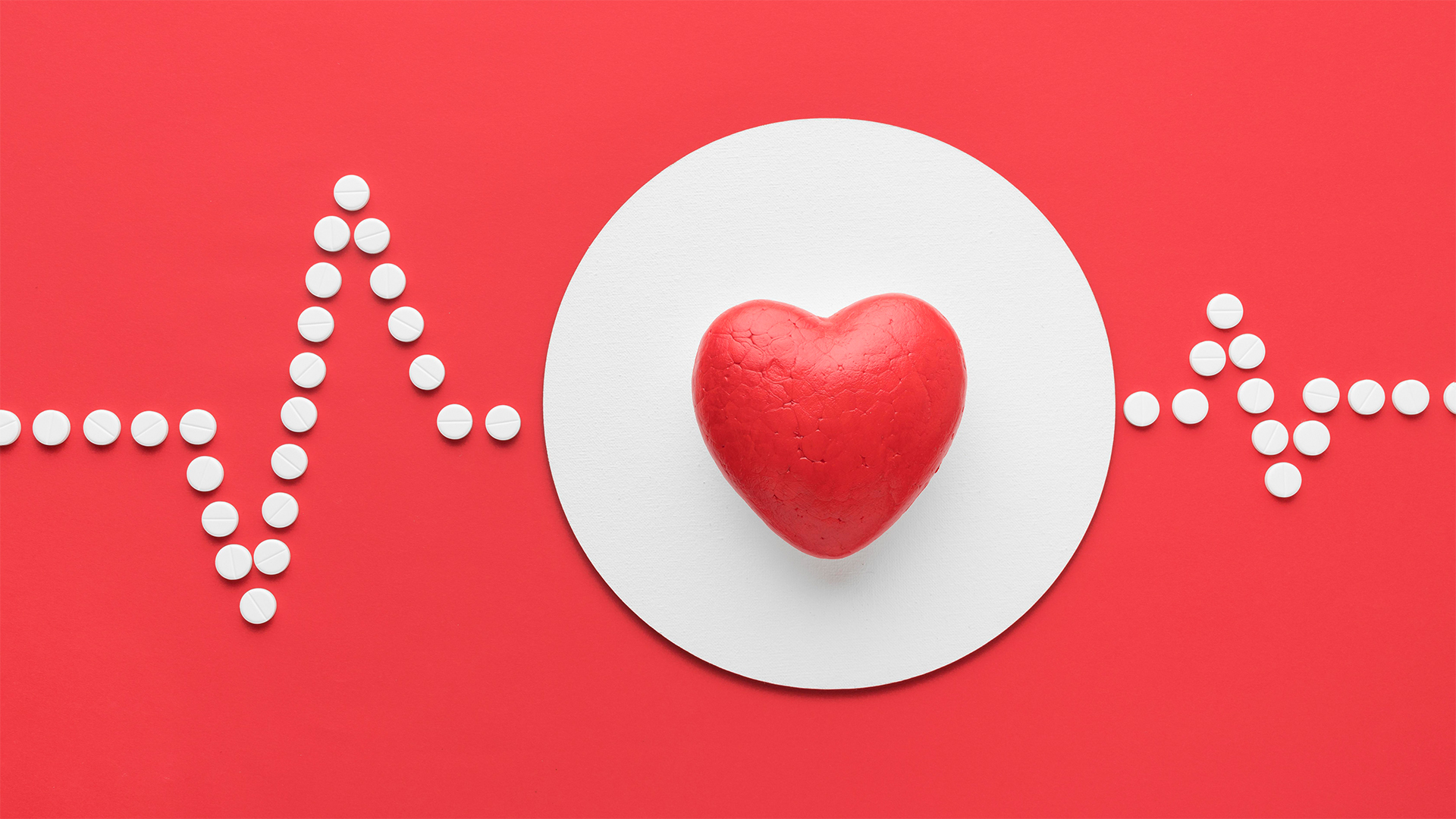The HOPE-3 trial was initiated by a group of cardiologists who asked themselves the clinical question that most heart specialists have been wondering. Can a combination of lipid lowering drugs and blood pressure lowering drugs have more benefit for our heart health than either of them alone?
So, what happened in the HOPE-3 trial?
Over 12000 people from over 21 countries participated for a five-year period starting from 20161. They chose middle-aged people (males of 55 years or more, and females of 65 years), with one risk factor for heart disease. But the risk factors2 weren’t necessarily high blood pressure or high cholesterol levels. They were divided randomly into 4 groups of about 3000 participants. One group took only the blood pressure lowering medications (candesartan and hydrochlorothiazide), another group took only the lipid lowering medication, another took a “polypill”, which contained both types of drugs and the last group took only a placebo.
They observed these participants for cardiovascular events (such as heart attacks, strokes, heart failure, stenting and heart pain) and also for the effects of these medicines on blood pressure and lipids.
What did they find?
They observed an average reduction in both blood pressure and lipids (specifically LDL, which are the unfavorable lipids in our body). The reduction of lipids was about 33.7 mg/dL, which was consistent with past studies, but the reduction in blood pressure was only about 6 mmHg, which was much less than previous studies had shown. However, since these findings were taken from a large population who took medicines for 5 years, we can think that they are pretty reliable.
Considering blood pressure reduction, they found that those with a blood pressure greater than 140/90 mmHg received the most cardiovascular benefit from the antihypertensives, whereas these medicines may have done more harm than good2 in preventing heart diseases in patients with lower blood pressures!
On the contrary, the lipid lowering drugs reduced the risk of cardiovascular events in all participants. Since they were considered to be participants with an intermediate risk for cardiac events, it is safe to assume that lipid lowering therapy benefits all intermediate risk patients.
Finally, they found that using a polypill reduced the rates of heart attacks, but this is mostly beneficial for patients with a higher risk of getting a cardiovascular event.
What are the take-away messages for heart specialists?
If you are a cardiologist practicing evidence-based medicine, the HOPE-3 trial brings you some very important information.
Firstly, it validates the concept of treating blood pressure with antihypertensives only once the 140/90 mmHg threshold is reached. At lower blood pressures, it is always important to discuss with your patient about the risks and benefits before starting treatment.
Second, you will be happy to know that super-statins are great for improving heart health in patients at an intermediate risk, whether or not they have high blood pressures.
Third, this study goes to show that the polypill concept may not be needed until a patient falls into the high-risk group.
Last but not least, these combined medications can all be continued without having to do a repeated battery of routine blood tests, and for those concerned about their patients bills, these findings will pave the way towards being a little more prescriptive, but never without the conversation of our patients.
References
- Yusuf S, Lonn E, Pais P, et al. Blood-Pressure and Cholesterol Lowering in Persons without Cardiovascular Disease. New England Journal of Medicine. 2016;374(21). doi:10.1056/nejmoa1600177
- Clyde W. Yancy, Jennifer G. Robinson. HOPE-3 Blood Pressure and Lipid Lessons for Practice.




